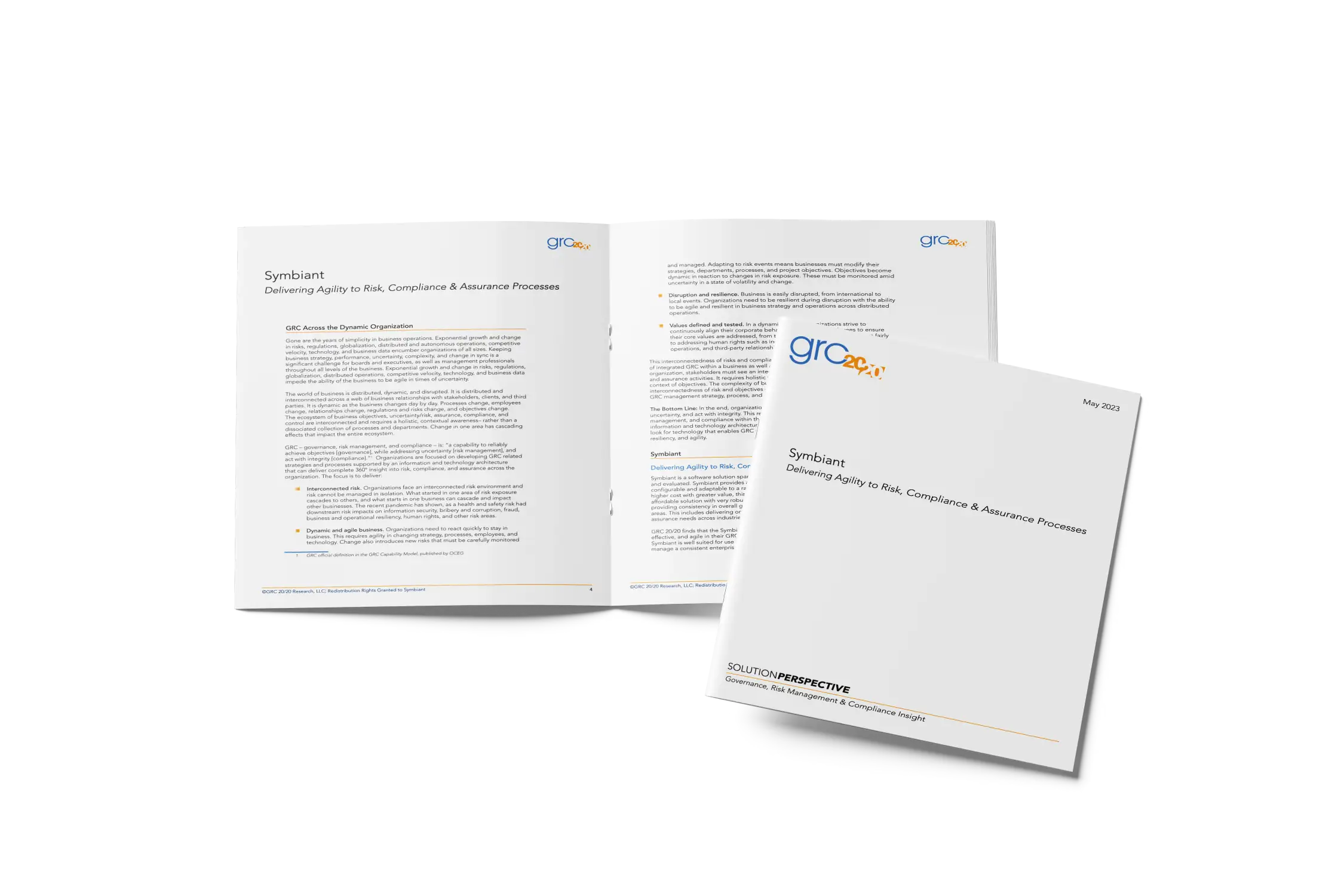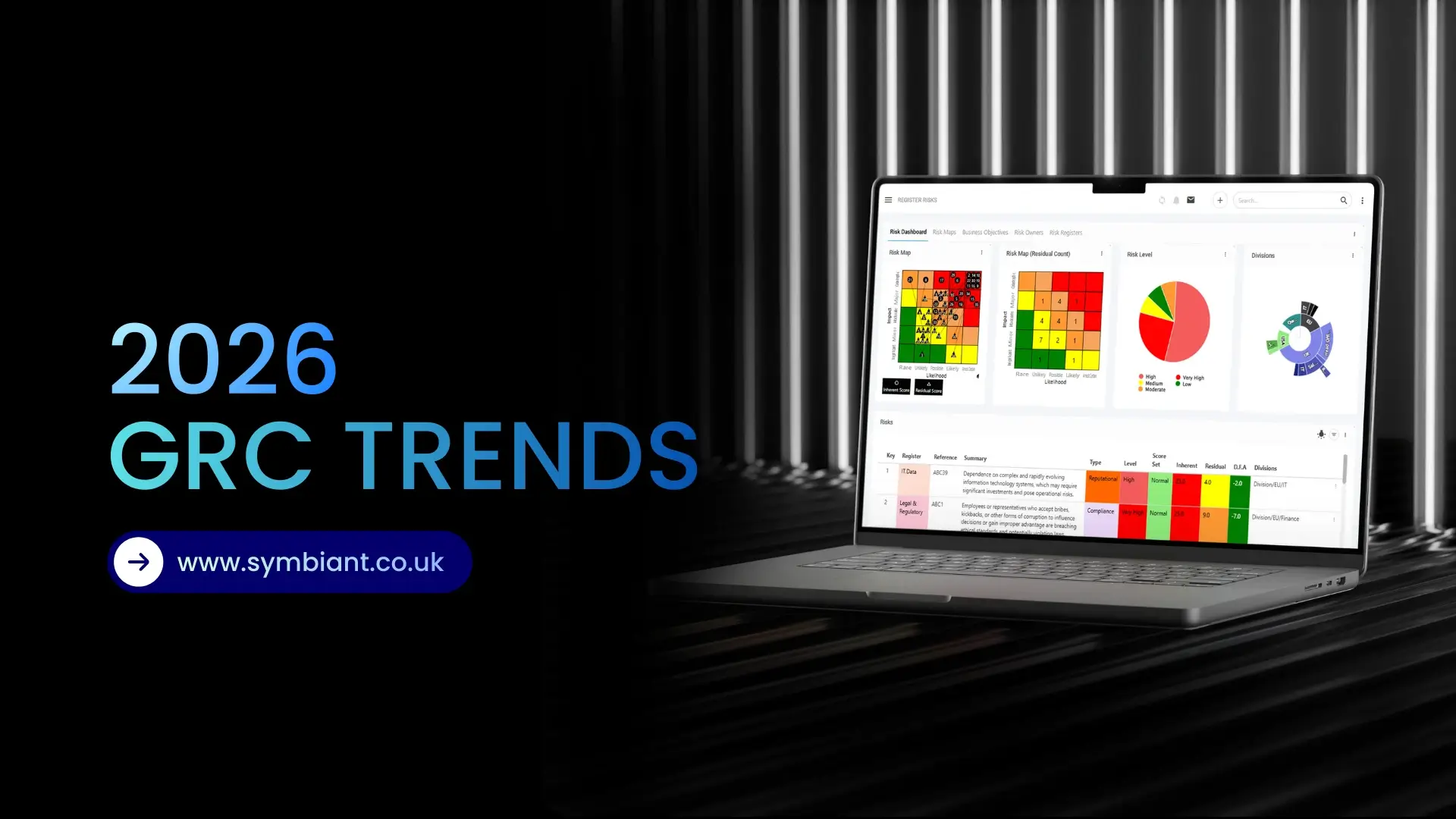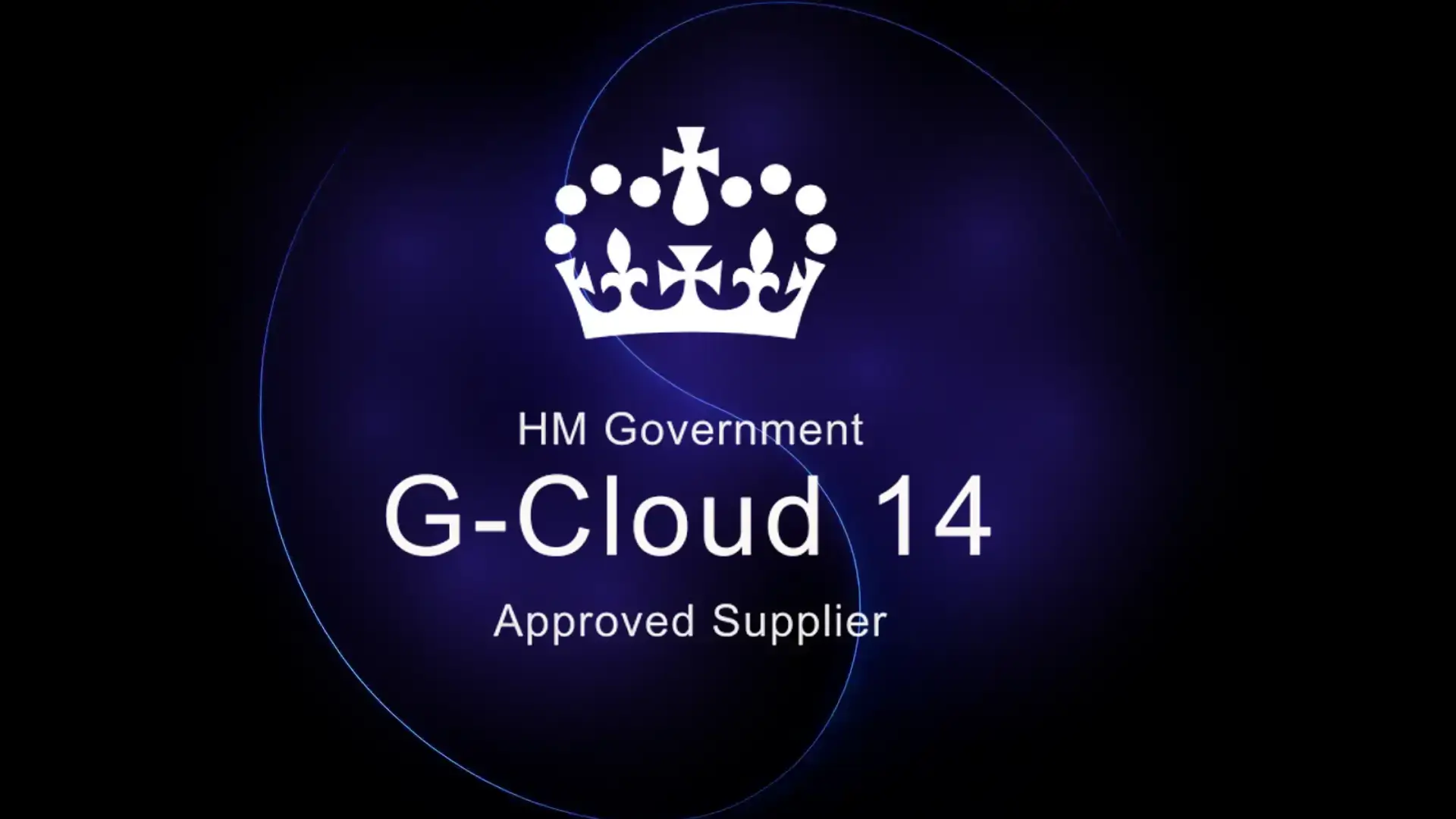Sustainability and the ethical impact of investments and business operations are more critical than ever. Enter ESG—Environmental, Social, and Governance—a crucial framework investors and businesses use to evaluate and measure these factors. But there’s more to ESG than meets the eye. Understanding and integrating ESG considerations requires a nuanced approach, particularly regarding time horizons, which determine when these factors are evaluated and integrated into decision-making processes.
To truly harness the power of ESG, grasping the concept of time horizons is essential. Time horizons determine when ESG considerations are evaluated and integrated into decision-making processes, varying based on the nature of the investment or the company’s goals.
What are the Time Horizons in ESG?
Time horizons refer to the periods during which ESG (Environmental, Social, and Governance) factors are evaluated and integrated into decision-making processes. These periods can range from short-term (a few months to a couple of years) to long-term (several decades). The time horizon selected depends on the nature of the investment, the company’s strategic goals, and the stakeholders’ expectations.
- Short-term horizons might focus on immediate ESG impacts, such as quarterly or annual performance metrics.
- Medium-term horizons could encompass a few years, aligning with strategic business cycles or mid-term financial planning.
- Long-term horizons often look at impacts over decades, considering the sustainability of practices and long-term social or environmental changes.

Importance of Time Horizons and ESG Strategies
- Aligning with Investment Goals: Different investments have varying objectives and timelines. For instance, a pension fund might prioritise long-term sustainability to ensure future payouts, while a hedge fund might be more concerned with short-term gains. By aligning ESG considerations with the appropriate time horizon, investors can ensure their strategies are coherent and compelling.
Regulatory Compliance: Regulatory requirements for ESG reporting can influence companies’ time horizons. Compliance with these regulations often requires a mix of short-term and long-term reporting. Companies need to understand these requirements to meet legal obligations and avoid penalties.
Risk Management: ESG risks can manifest differently over various time horizons. Short-term risks include immediate regulatory changes or public relations crises, while long-term risks involve climate change or evolving societal expectations. A comprehensive understanding of time horizons helps identify and mitigate these risks effectively.
Strategic Planning: Integrating ESG considerations into strategic planning requires a clear understanding of how these factors will impact the company over time. Strategic planning ensures companies can adapt strategies to address immediate concerns and future challenges, leading to more sustainable and resilient business practices.
Stakeholder Expectations: Different stakeholders may have varying time horizon expectations. Shareholders might look for quarterly performance updates, while communities and environmental groups might be more concerned with long-term impacts. Balancing these expectations requires a nuanced approach to time horizons in ESG considerations.
Investor Perspectives of Time Horizons
Institutional Investors: Institutional investors, such as pension funds and endowments, typically operate with long-term investment horizons. These organisations are responsible for managing large pools of capital intended to meet obligations that extend far into the future. For instance:
Pension Funds: These funds must ensure they can provide retirement benefits to employees decades later. Their investment strategies aim to secure steady, long-term returns.
Endowments: Universities and foundations manage endowments to support their missions in perpetuity. They prioritise investments that will yield sustainable growth over long periods.
Individual Investors
Shorter Time Horizons: In contrast to institutional investors, individual investors often have shorter investment time horizons. These horizons can vary widely but generally fall into the immediate to medium-term range, such as:
Immediate Needs: Some individual investors might need quick returns to meet immediate financial goals, like funding a home purchase or covering educational expenses.
Medium-term Goals: Others might save for medium-term objectives, such as retirement in the next decade or starting a business in a few years.
Regulatory and Reporting Requirements
Worldwide, regulatory bodies play a crucial role in mandating ESG disclosure and reporting. These bodies have developed requirements to enhance business practices’ transparency, accountability, and sustainability.
Key aspects include:
Mandatory Disclosures: Many countries have introduced laws requiring companies to disclose their ESG practices and performance. For example, the European Union’s Non-Financial Reporting Directive (NFRD) and the more recent Corporate Sustainability Reporting Directive (CSRD) mandate extensive ESG reporting for large companies.
Standardisation Efforts: Organisations like the Global Reporting Initiative (GRI), the Task Force on Climate-related Financial Disclosures (TCFD), and the Sustainability Accounting Standards Board (SASB) have developed frameworks to standardise ESG reporting. These frameworks help ensure consistency and comparability across different companies and sectors.
Enforcement and Penalties: Regulatory bodies often enforce these requirements through audits and penalties for non-compliance. Non-compliance audits and penalties create a legal imperative for companies to integrate ESG considerations into their operations and reporting processes.

ESG Integration in Investment Strategies
Negative Screening
Negative screening is an investment strategy that excludes companies from investment portfolios based on specific ESG criteria. This approach focuses on avoiding investments in companies with poor ESG records or are involved in industries or activities considered unethical or unsustainable. Standard exclusions might include:
- Fossil Fuels: Avoiding companies heavily involved in oil, coal, and natural gas extraction.
- Tobacco: Excluding companies that manufacture or distribute tobacco products.
- Weapons: Steering clear of companies producing or selling firearms and military equipment.
- Human Rights Violations: Avoiding companies with documented human rights abuses or poor labour practices.
Positive Integration
Positive integration, also known as positive screening or best-in-class investing, is an investment strategy that actively seeks out companies with strong ESG practices.
This approach emphasises investing in companies that demonstrate exemplary performance in environmental, social, and governance aspects, such as:
- Sustainable Practices: Supporting companies that lead in reducing carbon footprints, waste management, and resource efficiency.
- Social Responsibility: Firms with outstanding labour practices, community engagement, and contributions to social causes.
- Strong Governance: Companies with transparent, ethical, and accountable management structures and practices.
Comparative Overview
- It focuses on excluding companies with poor ESG records.
- Often, it takes a short-term perspective to mitigate immediate risks.
- Simple to implement but may miss longer-term improvement opportunities.
Positive Integration:
- Emphasises investing in companies with exemplary ESG practices.
- Adopts a longer-term view, aiming for sustainable growth and resilience.
- Requires comprehensive analysis and supports long-term value creation.
Conclusion
In conclusion, understanding and integrating ESG (Environmental, Social, and Governance) considerations is more vital than ever in today’s investment and business landscapes. The concept of time horizons influences this integration, determining when and how decision-makers evaluate and embed ESG factors into their processes.
Harnessing the power of ESG requires a nuanced understanding of time horizons and their impact on investment and business decisions. By aligning strategies with these time frames, investors and companies can ensure they meet regulatory requirements and stakeholder expectations and contribute to a more sustainable and ethical future.





